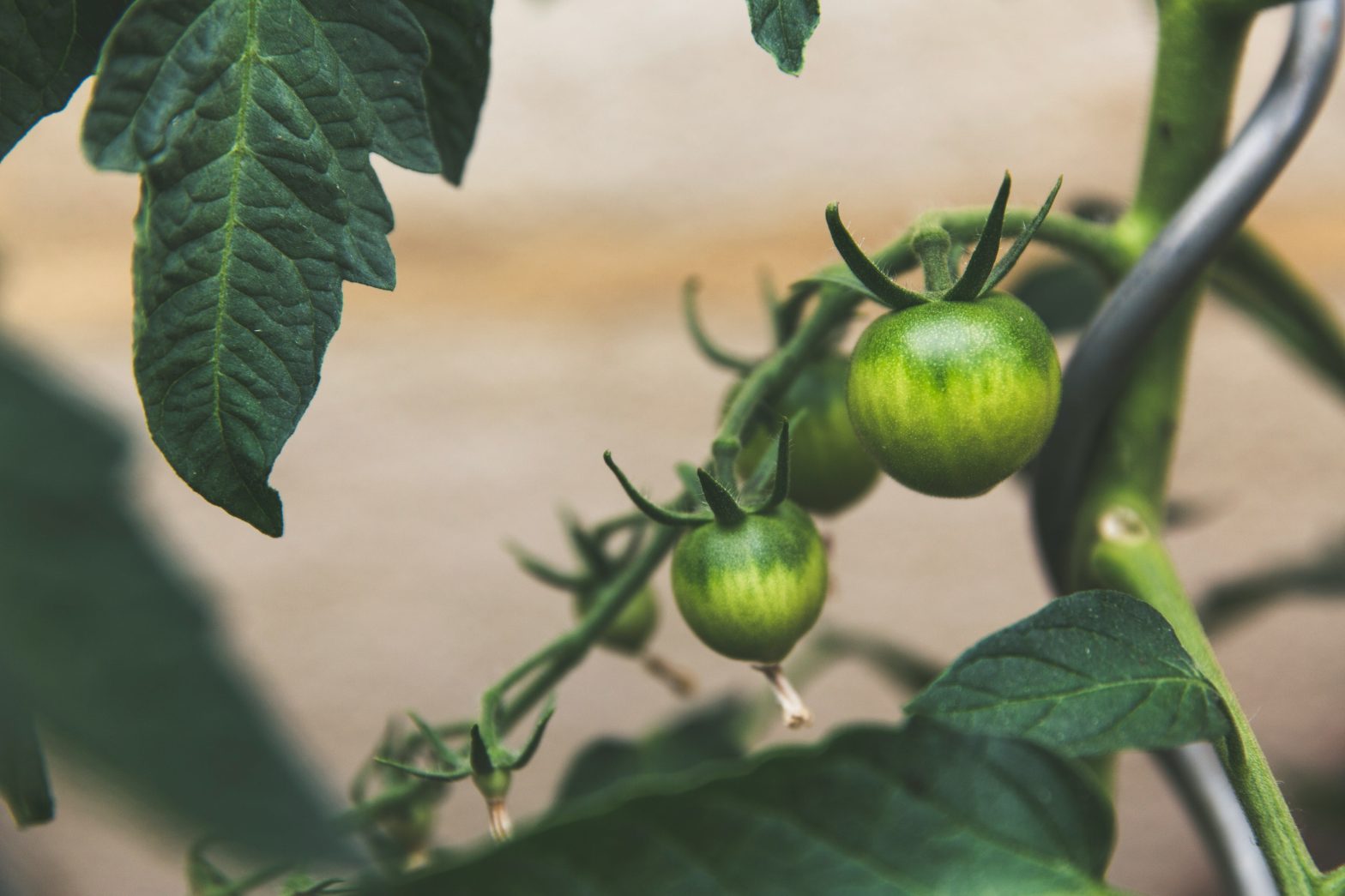Agriculture, which began around 10,000 years ago, revolutionized the way humans lived. It allowed humans to settle, develop cities, and build the foundation for civilization. Yet, beneath the surface of this story of human progress lies a darker narrative — a narrative marked by conflict, displacement, and the introduction of new diseases. The spread of agriculture across the world was often a violent process, and the profound changes it brought have had lasting impacts on human health and the environment.
The Birth of Agriculture and its Expansion
Agriculture first emerged in the Fertile Crescent, a region in the Middle East known for its abundant natural resources. Early humans shifted from a nomadic hunter-gatherer lifestyle to settled communities, planting crops like wheat, barley, and peas, and domesticating animals such as sheep, goats, and cattle. The transition to agriculture allowed for surplus food production, which led to population growth and the development of complex societies.
However, the spread of agriculture wasn’t a peaceful transition. Early agricultural societies often came into conflict with neighboring hunter-gatherer groups who resisted this new way of life. Hunter-gatherers, who were skilled in navigating the wild and foraging for food, found their way of life threatened as agricultural societies encroached on their territories. Violence, displacement, and even extermination of hunter-gatherer populations were not uncommon.
Agriculture, Animals, and Disease
One of the most significant consequences of the agricultural revolution was the close interaction between humans and animals. While the domestication of animals provided a steady food source, it also created new challenges. Humans, now living in settled communities with their animals, were exposed to zoonotic diseases — illnesses that spread from animals to humans. Many of the infectious diseases that plague humanity today, such as smallpox, tuberculosis, and the flu, originated from the domestication of animals. For instance, cows are thought to be the source of smallpox, while pigs contribute to influenza.
Hunter-gatherer societies were largely free from these types of diseases, as they did not live near animals or in dense, permanent settlements. The constant movement of nomadic groups also meant that they did not live in the unsanitary conditions that arose from living in one place for long periods. The introduction of agriculture, therefore, marked the beginning of epidemic diseases that would ravage human populations for millennia.
Native Americans and the Devastating Impact of Disease
The colonization of the Americas in the 15th and 16th centuries provides a striking example of how agriculture and animal domestication shaped human history in tragic ways. Native American societies, like many hunter-gatherer groups around the world, did not domesticate large animals to the extent that Europeans had. As a result, they were not exposed to the same diseases that had been circulating in Europe, Asia, and Africa for thousands of years.
When Europeans arrived in the Americas, they brought with them not only their agricultural practices but also diseases such as smallpox, measles, and influenza. Native American populations had no immunity to these diseases, leading to catastrophic outbreaks. In some cases, entire communities were wiped out. It is estimated that up to 90% of the Native American population died from disease, making it one of the largest and most devastating population collapses in human history.
This biological exchange, sometimes called the “Columbian Exchange,” highlights the role that agriculture and animal domestication played in shaping global history. It was not the superior technology or military strength of Europeans that led to their dominance in the Americas, but rather the deadly germs they unwittingly brought with them.
The Evolutionary Mismatch: Humans and Urban Living
Beyond the immediate consequences of agriculture, its long-term impacts on human health are still felt today. Humans did not evolve to live in large, densely populated cities. For most of our evolutionary history, we lived in small, mobile groups, hunting and gathering our food from the environment. The rise of agriculture changed this dynamic, leading to the development of cities and civilizations.
City living brought about new health challenges. The close quarters of urban environments, combined with poor sanitation, created breeding grounds for infectious diseases. While modern medicine and sanitation have improved conditions, cities continue to be hubs for disease transmission. The COVID-19 pandemic is a recent example of how quickly diseases can spread in our interconnected, urbanized world.
Moreover, the agricultural revolution also led to changes in human diet and physical activity. Early agriculturalists relied on a limited number of crops, which often led to nutritional deficiencies. The shift from a diverse hunter-gatherer diet to one based on staple crops like wheat, rice, and corn caused many societies to suffer from malnutrition, despite having a more stable food supply. Additionally, the sedentary lifestyle associated with farming and city living contributed to a decline in physical health, leading to problems like obesity and cardiovascular disease, which are prevalent today.
Conclusion: Agriculture’s Double-Edged Sword
The history of agriculture is one of both immense progress and profound challenges. It enabled the growth of civilizations and the development of culture, technology, and economies. Yet, it also brought violence, disease, and environmental degradation. The close interaction with animals introduced new diseases, while the expansion of agriculture displaced indigenous populations and led to devastating health crises, as seen with Native Americans.
As we move further into the 21st century, the lessons of the past should remind us of the delicate balance between progress and its consequences. Agriculture transformed the world but at a cost. Understanding this history allows us to better navigate the challenges of modern life, where health, urbanization, and sustainable living are more critical than ever.
